Short Sunderland S25 Flying Boat RAAF
Production Time 9 to 10 weeks
Shipment is by FedEx, UPS or DHL International Express Courier with a normal door-to-door delivery time worldwide of within 2-3 business days after dispatch. Due to the current volatility of world fuel prices, the amount mentioned here is our best estimate for DHL and UPS and may be subject to change at the time of shipping.

Model Description: Short Sunderland S25 Flying Boat RAAF Wood Replica Scale Custom Model Aircraft
Manufacturer: Short
Wingspan: 17.1 Inches (43.4 Centimeters)
Height: 5 Inches (12.7 Centimeters)
Scale: 1:79
$239.50
Production Time 9 to 10 weeks
-
United States dollar ($)
-
Pound sterling (£)
-
Euro (€)
-
Australian dollar ($)
-
Canadian dollar ($)
-
Singapore dollar ($)
-
Swiss franc (CHF)
-
Japanese yen (¥)
-
Danish krone (kr.)
-
Hong Kong dollar ($)
-
Norwegian krone (kr)
-
Swedish krona (kr)
-
United Arab Emirates dirham (د.إ)
General Product Description
Our PlaneArts Short Sunderland S25 Flying Boat RAAF model exhibits unique, unrivaled quality and detailed design to come as close as possible to the accuracy of the actual plane. It comes as standard with a robust, durable base or stand which is available in a variety of different finishes designed to match your own personal requirements including solid wood, wood with polished metal supports or adjustable wood wall mount and will be ready within about 9-10 weeks from placement of order.
The Short Sunderland S25 Flying Boat RAAF model is made of the finest kiln dried renewable mahogany wood (commonly known as Lauan or Meranti) which has undergone many stages of carving and meticulous and careful sanding giving the beautiful, finished museum quality masterpiece. Many collectors and model connoisseurs demonstrate their preference for genuine handmade and hand painted mahogany wood models rather than plastic or die cast (diecast) alternatives due to the overall look and totally different feel of the item - we trust you will find the same. We can however, if required produce the same model in Solid Cast Resin so just click and contact us for further information. Our craftsmen and gifted artisans ensure that our finely handcrafted model airplanes match the precise blueprint details of the original aircraft. The paint scheme, markings and parts are closely matched, reflecting the original aircraft. This stylish top-quality desktop replica model will surely enthrall anyone who receives this as a gift and for sure one of the most appropriate and desirably collectable gifts for any military aviation enthusiast and avid aircraft collector whilst also displaying a perfect resemblance to the actual real life version.
There are many types of military propeller aircraft, but the basic types are bombers, fighters, fighter bombers, spotter planes, transporters, patrol aircraft, trainers, and reconnaissance and observation aircraft. All these types of aircraft are used for different types of missions. If you're a fan of historic or present-day military aviation, our model aircraft will bring the excitement and character of these aircraft right into your own home. You can order a wood airplane model of a North American B-25 Mitchell Bomber, a B17 - Flying Fortress, or a P-51 Mustang Nervous Energy V not forgetting the Bf 109, Spitfire, FW 190, A6M Zero, P-38 and F4U. These classic, propeller airplane models are of the highest quality. Each is individually crafted by our expert craftsmen. They produce handmade scale mahogany airplane models of the finest aircraft from World War I and II to present day biplanes and triplanes.
If you require, we can also make the Short Sunderland S25 Flying Boat RAAF model in any other military, government or even private livery or colour scheme you require and if necessary, in a different size or scale. Just click here to contact us with a description or photographs of what you require, and we will let you have a quotation for the necessary customization by return email. We can also make bespoke scale replicas of any other private / civil commercial airliner or airliners, helicopter, glider, gliders with engines, military jet, warplane jets, biplane, triplane, tail fin, spacecraft, rocket or NASA model you require in any airline, military or civilian livery or colors. We also produce model airships, blimps, dirigibles, blimps, boats, and ship collectibles. Wall plaque or seal for military, government or private customers. Again, by clicking here to contact us just let us know exactly what you need.
The Legacy of the Short Sunderland S25 Flying Boat in the Royal Australian Air Force
The Short Sunderland S25 Flying Boat is one of the most iconic aircraft used by the Royal Australian Air Force (RAAF) during the mid-20th century. This remarkable aircraft combined long-range capabilities with the versatility needed for maritime patrols, reconnaissance, and rescue missions, making it an invaluable asset during some of the most challenging periods of global conflict.
Origins and Design:
The Short Sunderland was developed in the late 1930s by Short Brothers in the United Kingdom. It was a large four-engine flying boat, designed primarily for military use, especially in long-range maritime patrol roles. The design evolved from the civilian Short Empire flying boats used by Imperial Airways, incorporating military specifications that included defensive armament and strengthened structures for rough sea landings.
Role in the RAAF:
The Royal Australian Air Force adopted the Sunderland in 1939, recognizing its potential for patrolling Australia’s vast coastline and surrounding waters. The Sunderland’s operational range was impressive, capable of flying lengthy missions without refueling, which was crucial given Australia’s geographical isolation and the expansive distances between its coastal cities and remote islands.
During World War II, Sunderlands were pivotal in maintaining surveillance over sea lanes and detecting enemy submarines and ships. They were armed with depth charges, bombs, and machine guns, making them formidable opponents against surface and submarine threats. Their ability to land on water also allowed them to perform air-sea rescue operations, saving the lives of numerous airmen and sailors during the war.
Notable Missions and Impact:
The Sunderlands of the RAAF were involved in many critical missions throughout the Asia-Pacific region. They monitored Japanese movements, engaged enemy vessels, and gathered crucial intelligence that aided the Allied war efforts. Their versatility was further demonstrated in post-war years, when they undertook weather reconnaissance, troop transport, and even acted as air ambulances.
One of the most famous missions involved a Sunderland during the evacuation of Singapore in 1942, where a single aircraft managed to rescue over 80 people, showcasing not only the capability of the aircraft but also the heroism of its crew.
Technological Features:
The Short Sunderland was known for its robustness and advanced design. It featured a deep, well-framed hull, allowing it to withstand rough sea conditions. The aircraft’s wing was mounted high on the fuselage, providing excellent visibility for the crew and protecting the engines from sea spray. The Sunderland’s range was approximately 1,780 miles, with a top speed of about 210 mph, and it could carry a significant payload of weaponry and equipment.
Legacy:
After the war, the Sunderland continued to serve in the RAAF until the early 1960s. It was eventually replaced by more modern aircraft as technology and aviation requirements evolved. However, the legacy of the Sunderland endures, remembered as a symbol of resilience and adaptability. Several Sunderlands have been preserved in museums around the world, serving as a testament to their significant role in aviation and military history.
The Sunderland’s contribution to the RAAF and its operations during a critical period of Australian military history highlight its importance not just as a military tool, but also as a lifesaver and a key player in securing maritime territories. Its story is a vivid chapter in the annals of the Royal Australian Air Force, reflecting the broader history of military aviation’s impact on global and regional security.
| Weight | 6 kg |
|---|---|
| Dimensions | 12.9 × 17.1 × 5 in |
Be the first to review “Short Sunderland S25 Flying Boat RAAF” Cancel reply
Similar Models
Military Airplanes - Propeller
Military Airplanes - Propeller
Helicopters
Military Airplanes - Propeller
Military Airplanes - Propeller
Military Airplanes - Propeller
Military Airplanes - Propeller
Military Airplanes - Propeller
Military Airplanes - Jet
Military Airplanes - Jet
Military Airplanes - Jet
McDonnell Douglas FA-18 Hornet Royal Australian Air Force RAAF
Military Airplanes - Jet
McDonnell Douglas FA-18 Hornet RAAF: Superior Aviation Mastery
Military Airplanes - Jet
Military Airplanes - Jet
Military Airplanes - Jet
McDonnell Douglas F-18 Hornet Royal Australian Air Force’s RAAF
Military Airplanes - Jet
Military Airplanes - Jet
Military Airplanes - Propeller
Military Airplanes - Jet
Military Airplanes - Propeller
Military Airplanes - Propeller
Military Airplanes - Propeller
Military Airplanes - Jet
Military Airplanes - Jet
Military Airplanes - Jet
Military Airplanes - Propeller
Military Airplanes - Propeller
Military Airplanes - Propeller
Military Airplanes - Propeller
Military Airplanes - Propeller
Military Airplanes - Propeller
Military Airplanes - Propeller
Military Airplanes - Propeller
Military Airplanes - Propeller
Military Airplanes - Propeller
Military Airplanes - Propeller
Military Airplanes - Propeller
Military Airplanes - Propeller
Military Airplanes - Jet
Military Airplanes - Jet
Military Airplanes - Jet
Military Airplanes - Jet
Military Airplanes - Propeller
Military Airplanes - Propeller
Military Airplanes - Propeller
Military Airplanes - Propeller
Military Airplanes - Propeller
Military Airplanes - Propeller
Military Airplanes - Propeller
Military Airplanes - Propeller
Military Airplanes - Propeller
Military Airplanes - Propeller
Military Airplanes - Jet
Military Airplanes - Propeller
Military Airplanes - Propeller
Military Airplanes - Propeller
Military Airplanes - Propeller
Military Airplanes - Propeller
Military Airplanes - Jet
Military Airplanes - Jet
Military Airplanes - Propeller
Military Airplanes - Propeller
Military Airplanes - Propeller
Military Airplanes - Jet
Military Airplanes - Jet
Military Airplanes - Jet
Military Airplanes - Jet
Military Airplanes - Jet
Military Airplanes - Jet
Military Airplanes - Jet
Military Airplanes - Jet
Military Airplanes - Jet
Military Airplanes - Jet
Military Airplanes - Jet
Military Airplanes - Jet
Military Airplanes - Jet
Military Airplanes - Propeller
Military Airplanes - Jet
Military Airplanes - Jet
Military Airplanes - Propeller
Military Airplanes - Propeller


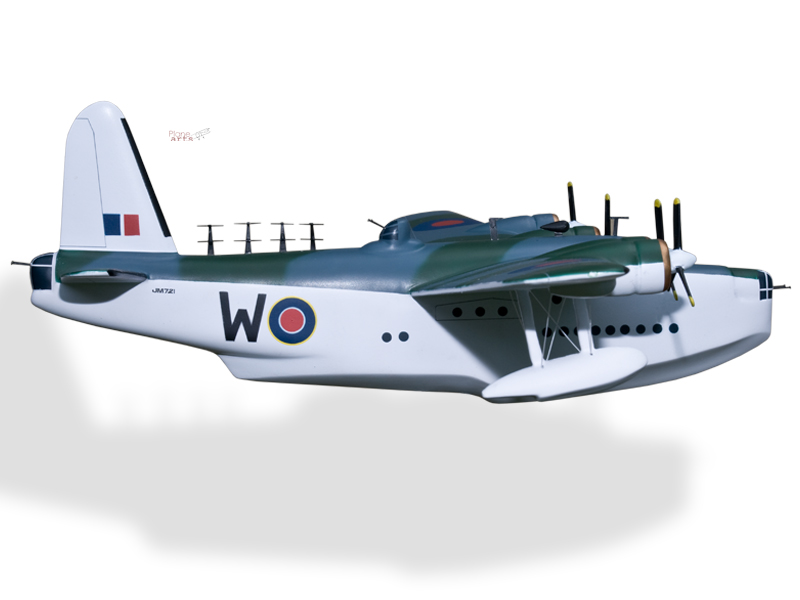
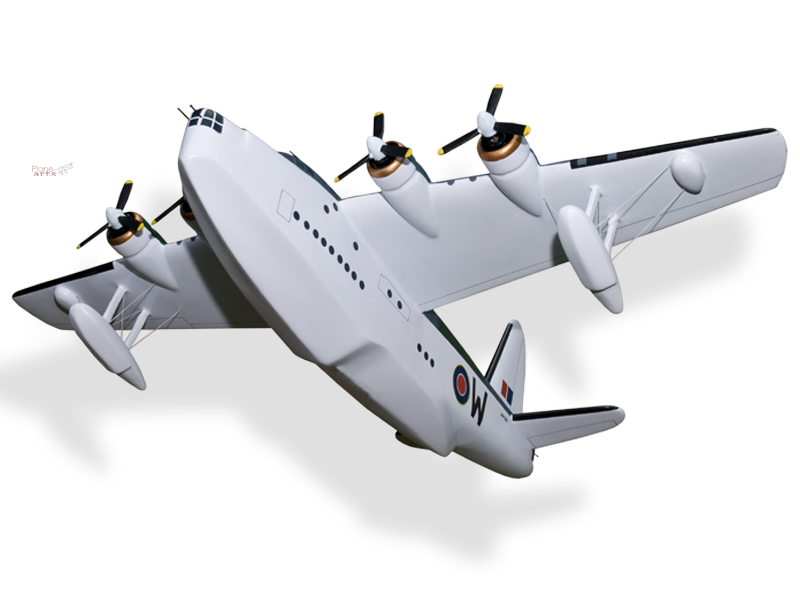

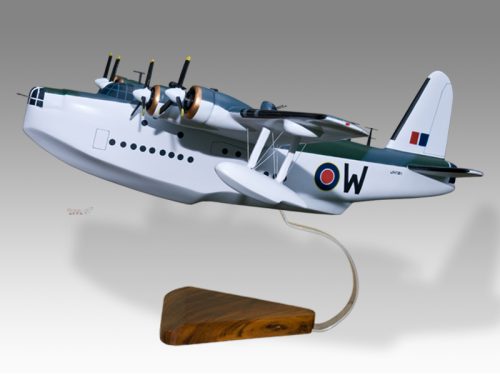


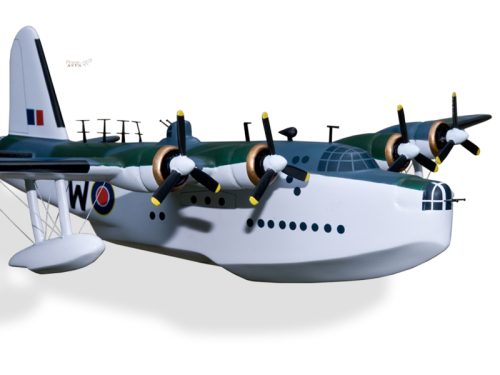
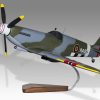
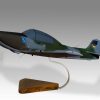
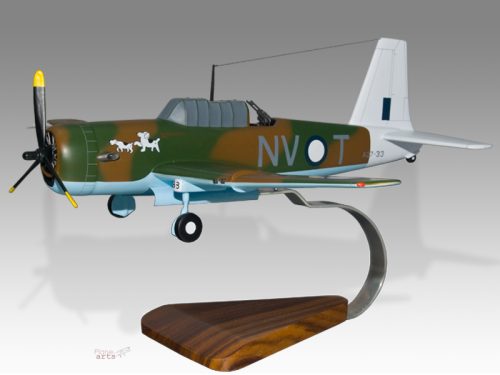


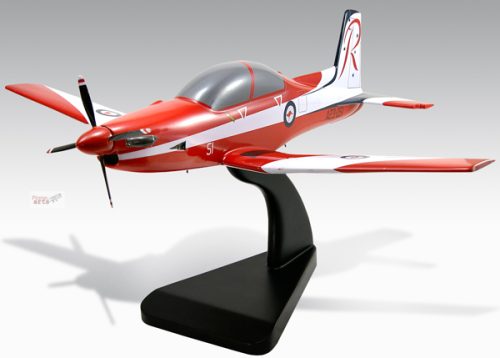
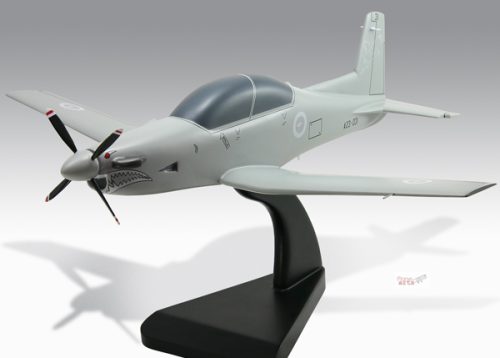
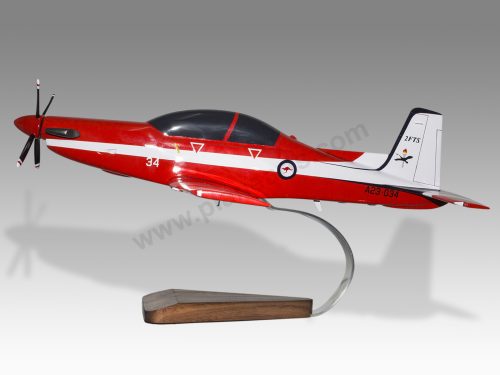
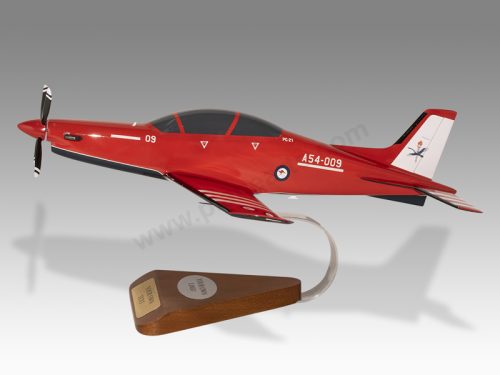
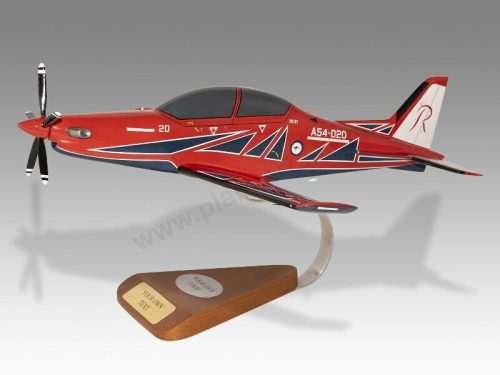


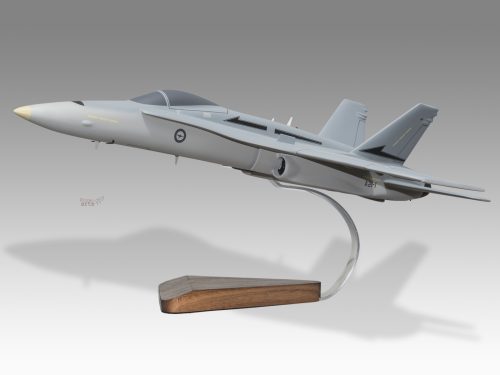
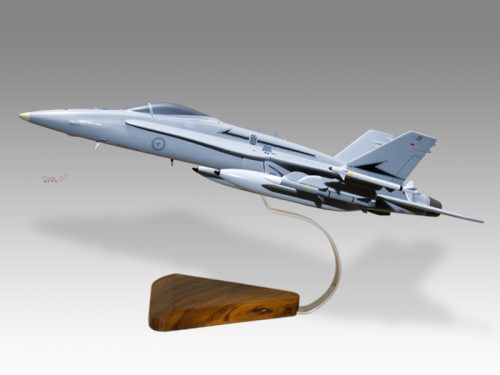

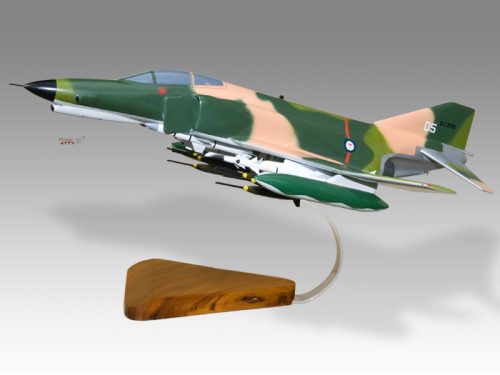
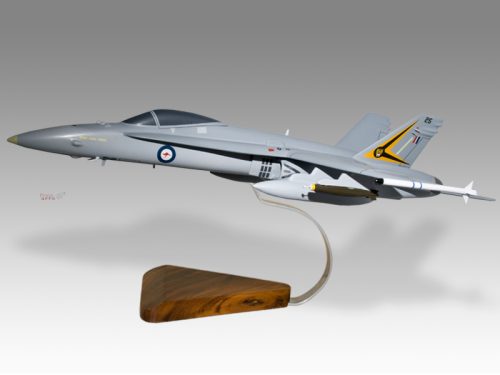

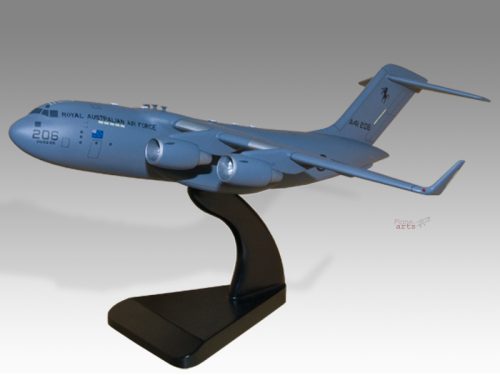
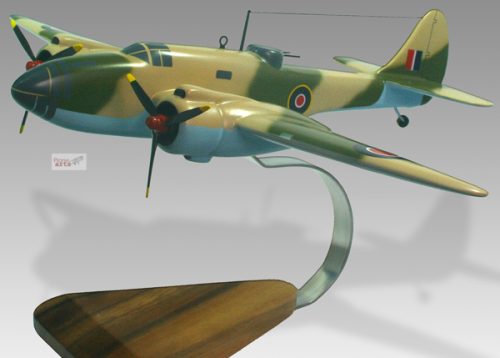

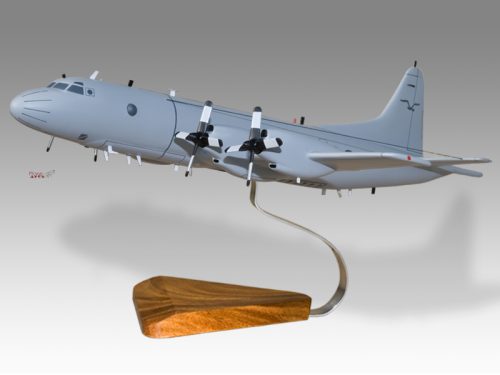
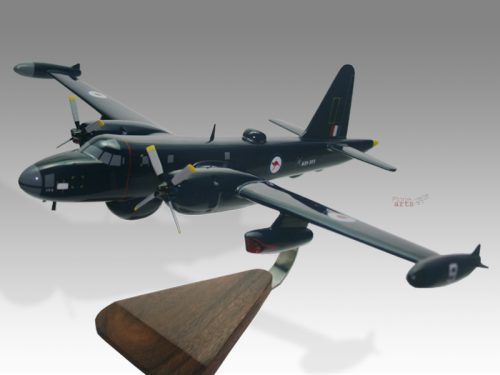
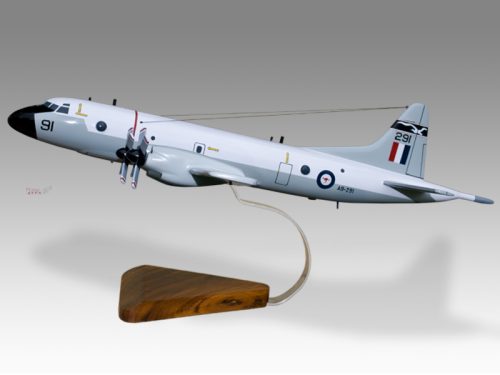
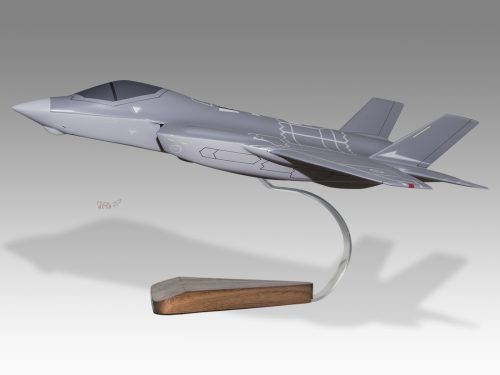
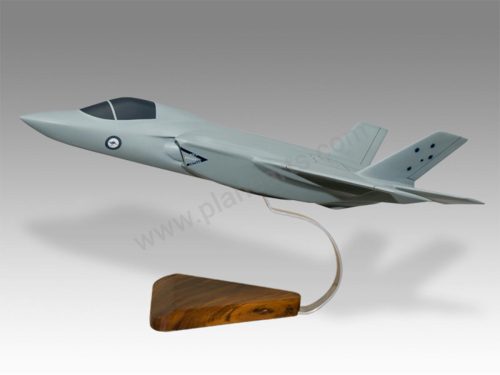
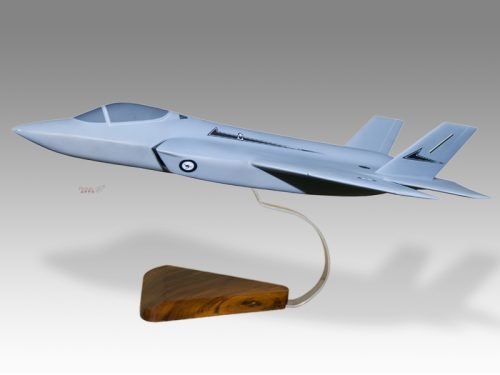
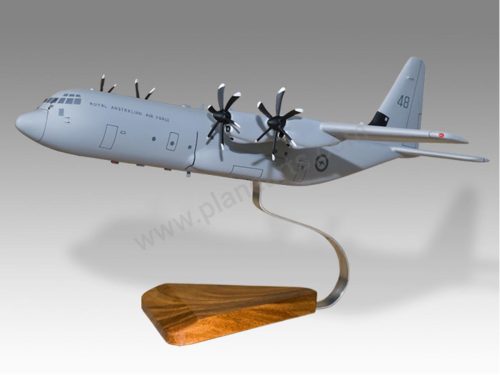


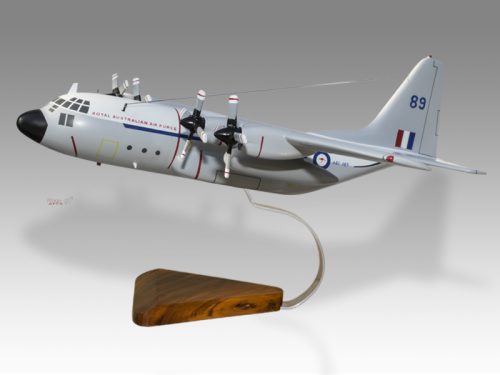
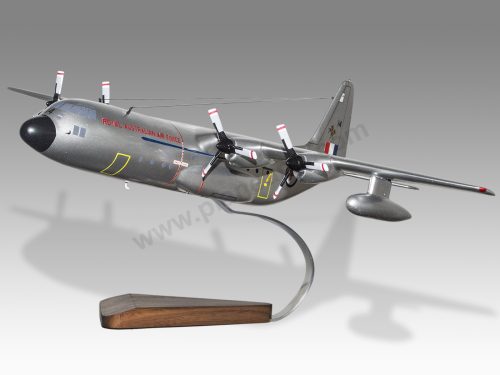
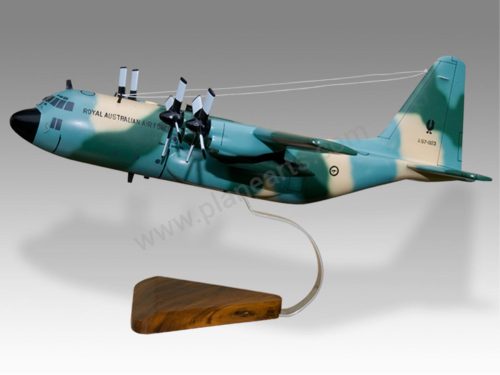
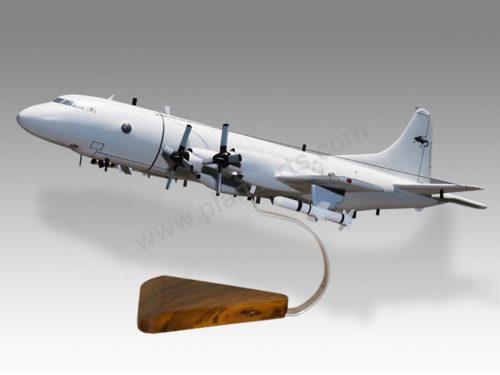
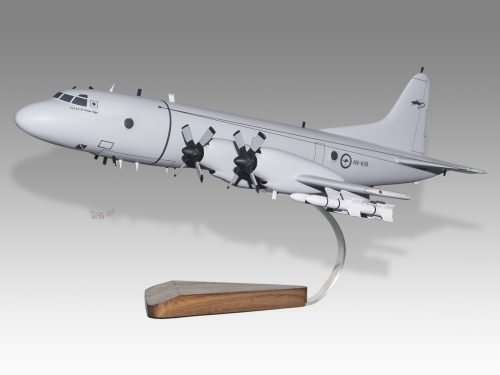
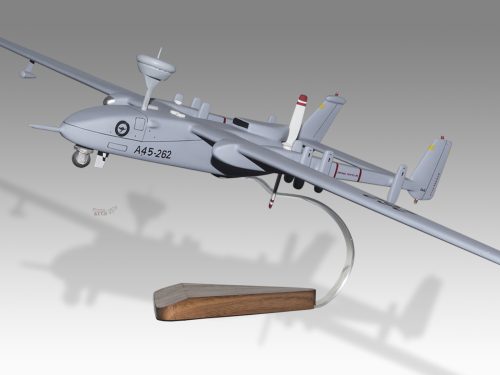

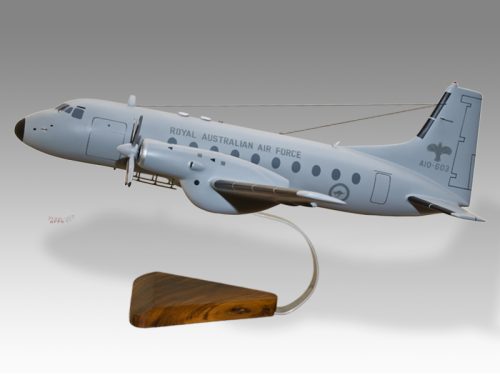
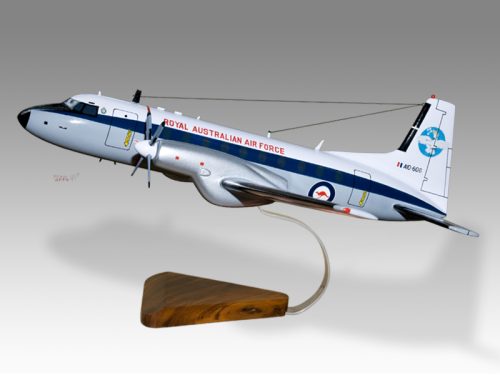

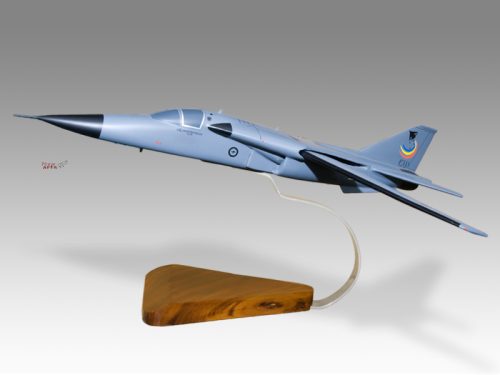
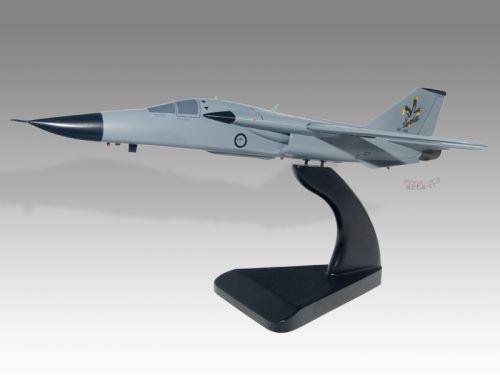
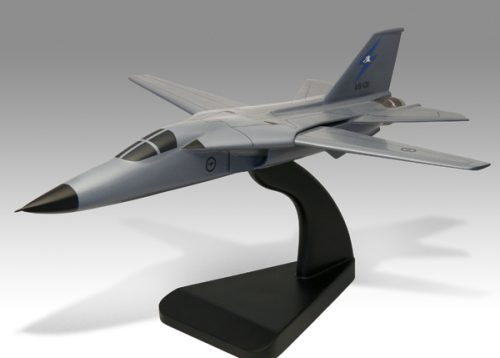
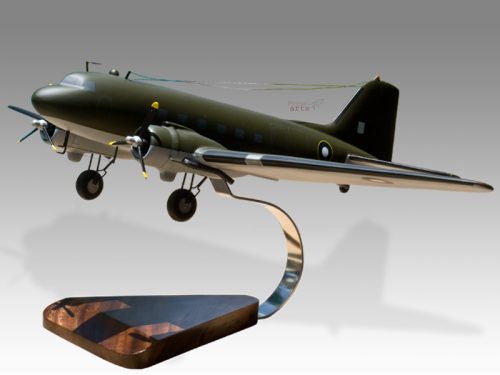




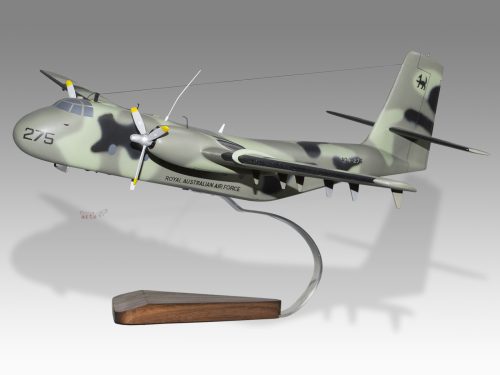
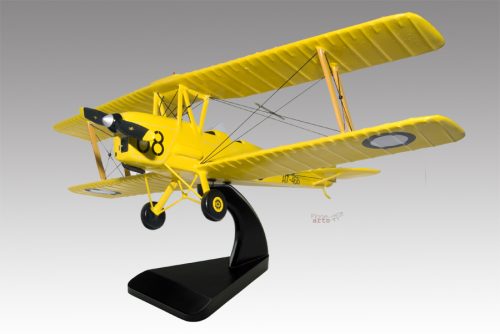
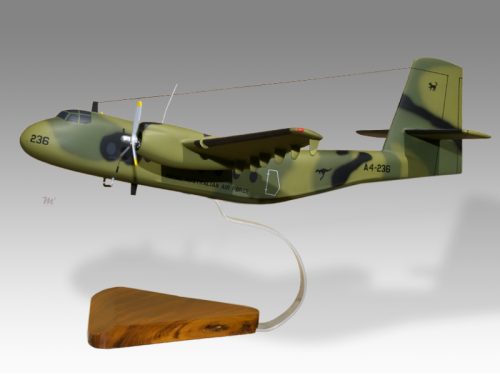
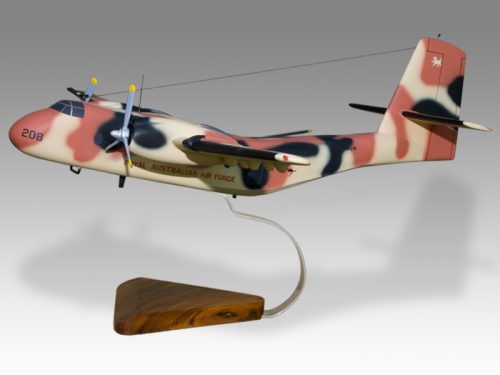
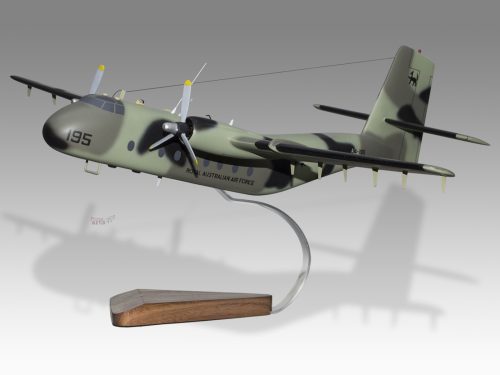
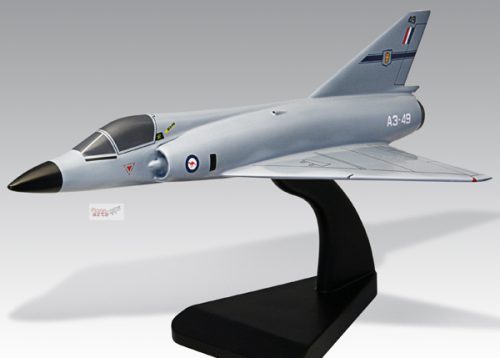

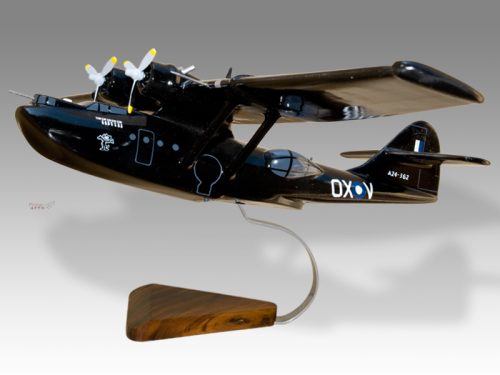
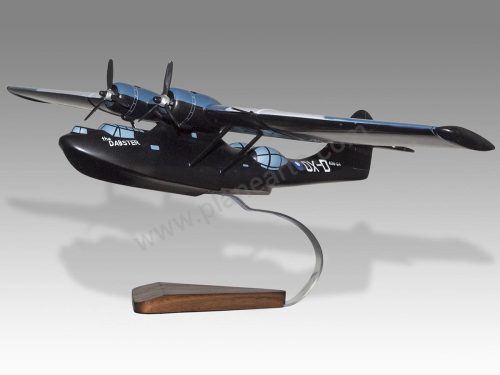
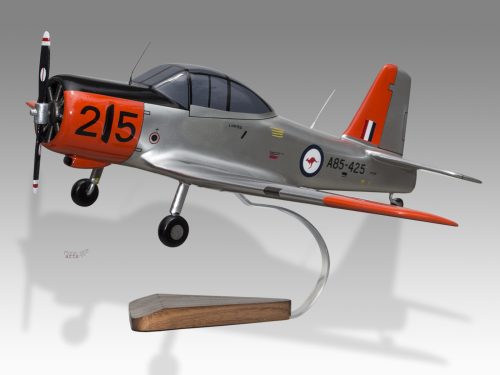

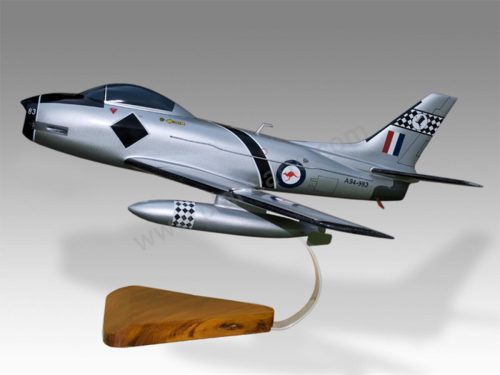
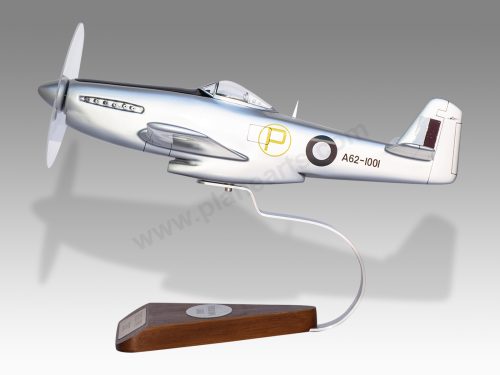

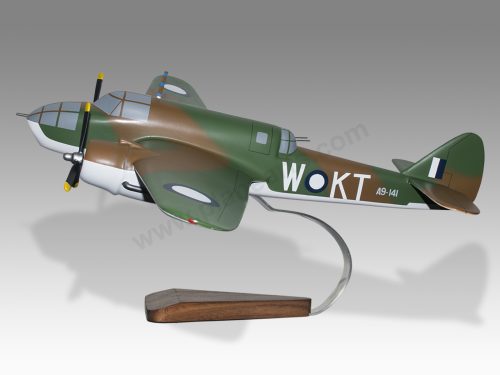

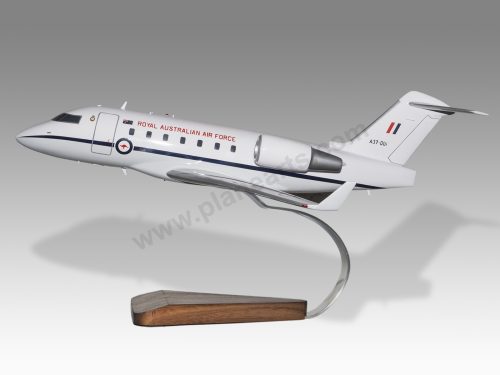



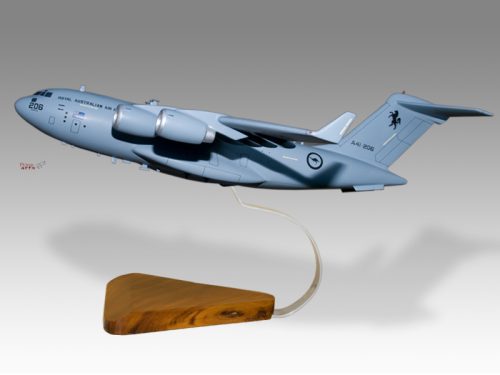
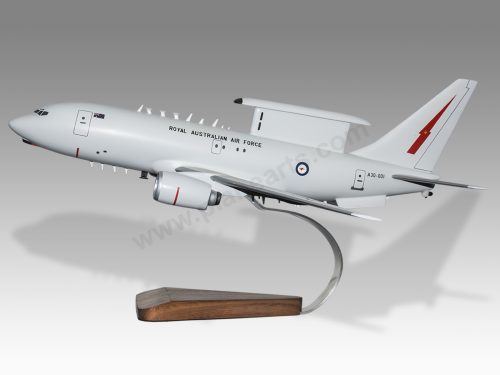
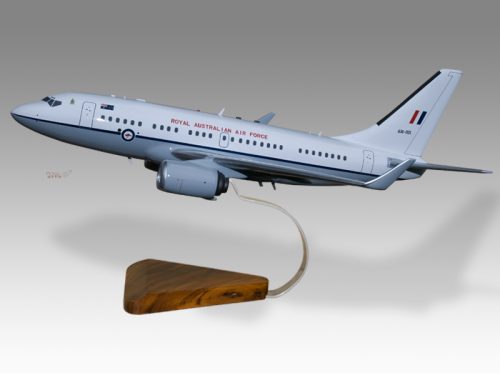

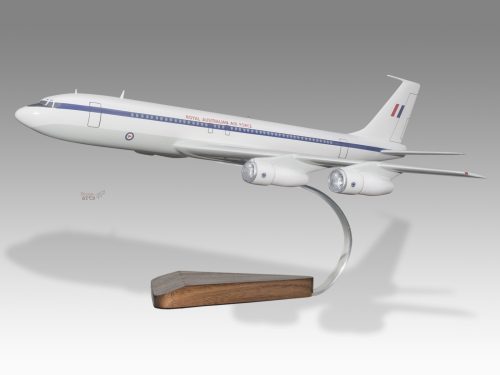
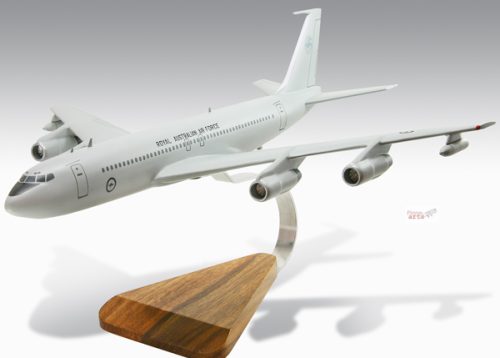

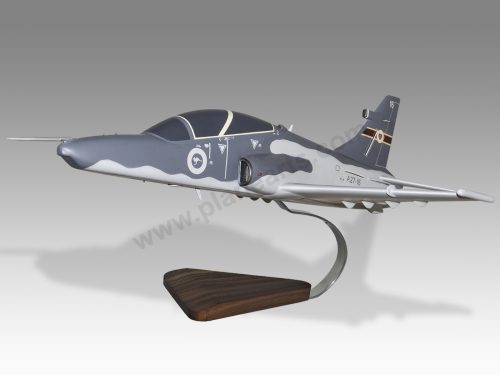
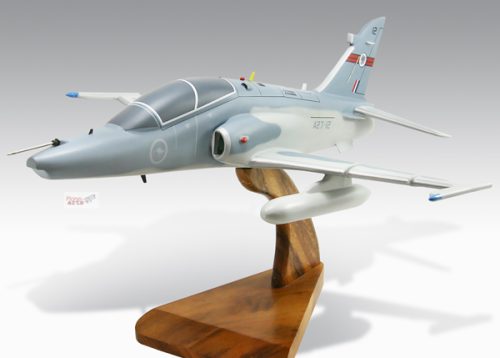
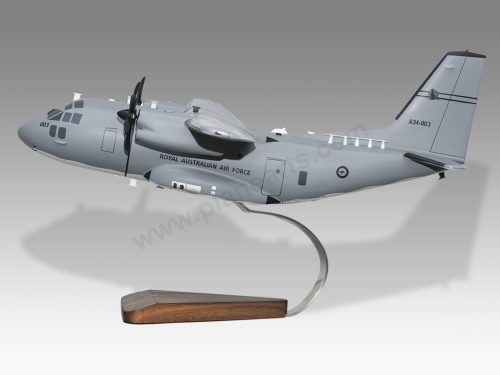

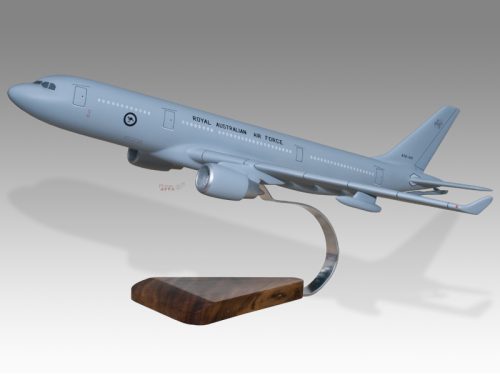
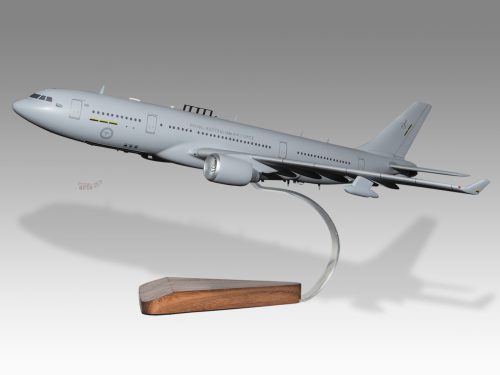
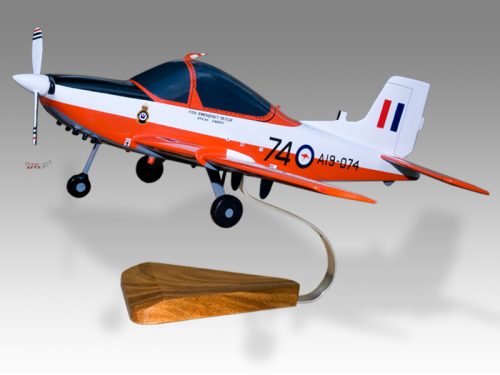

Reviews
There are no reviews yet.